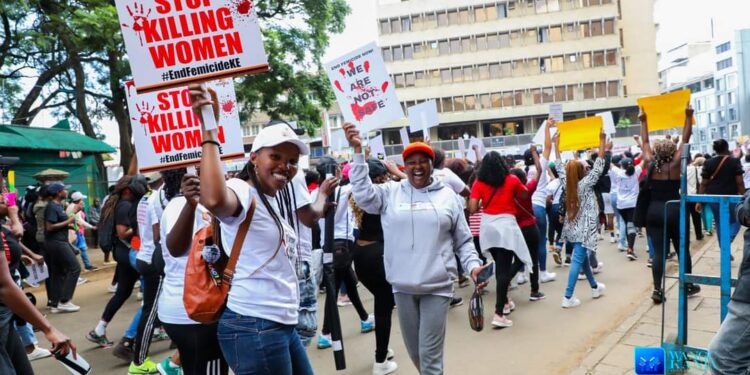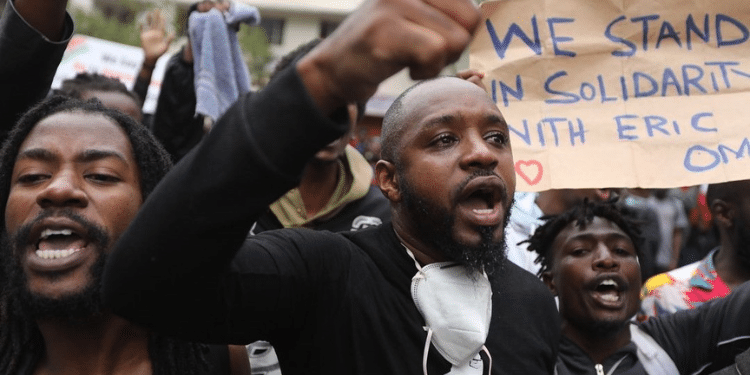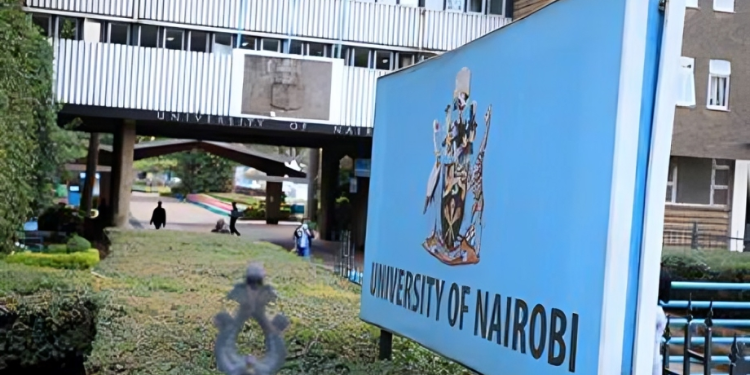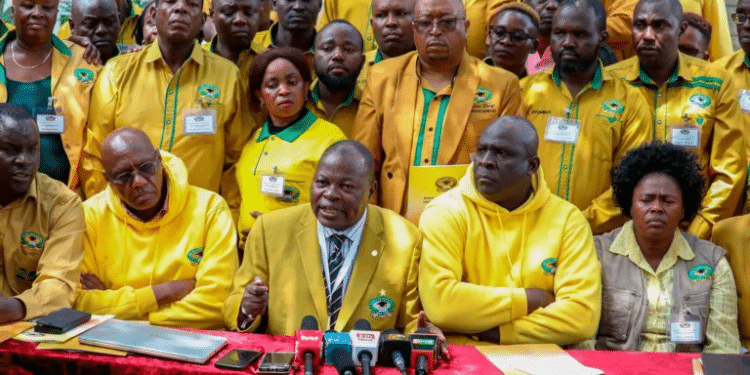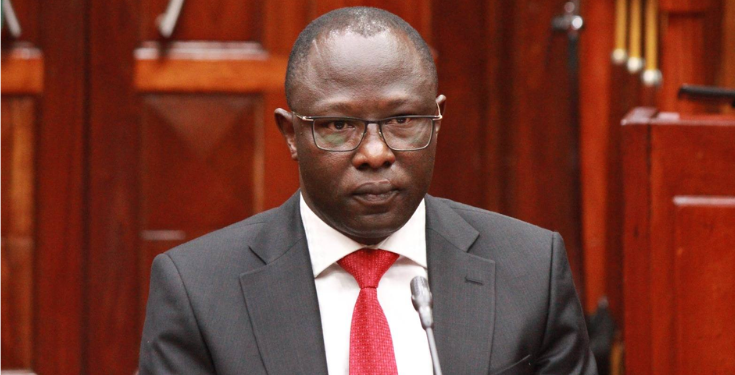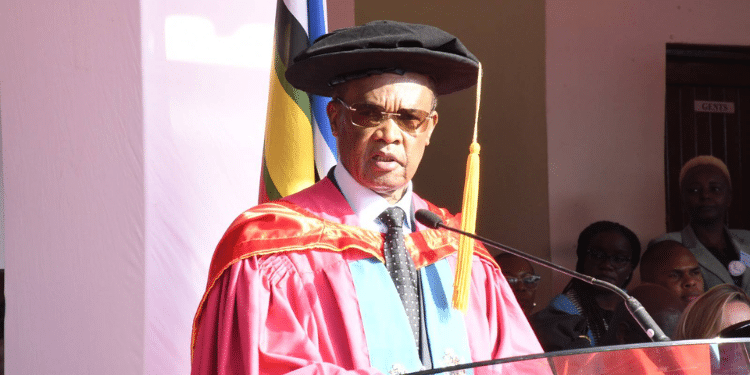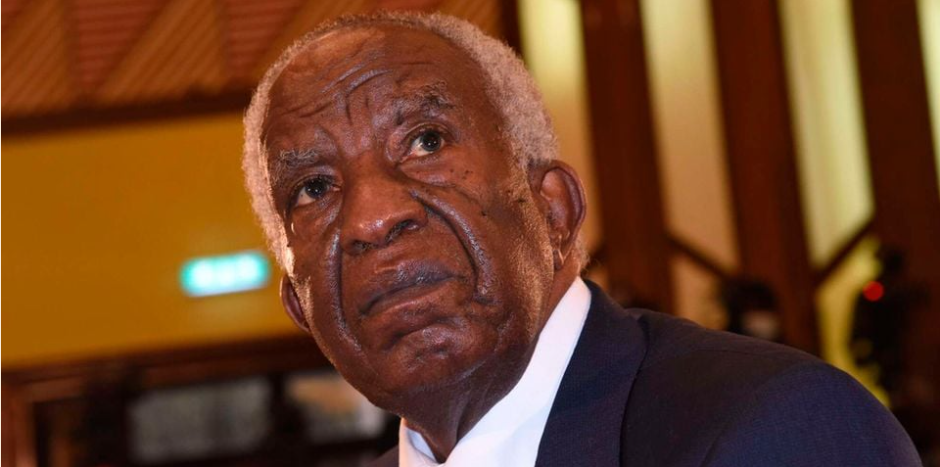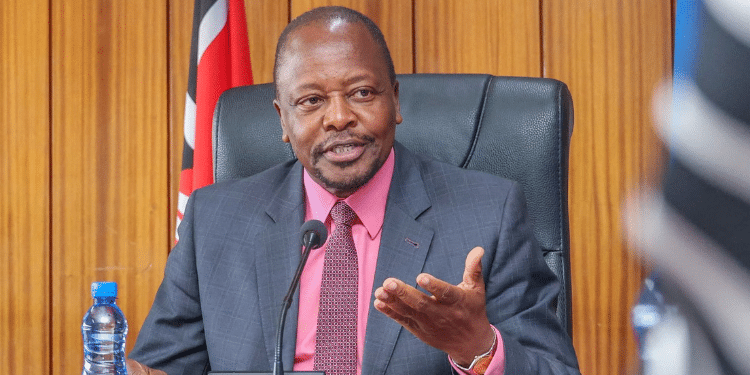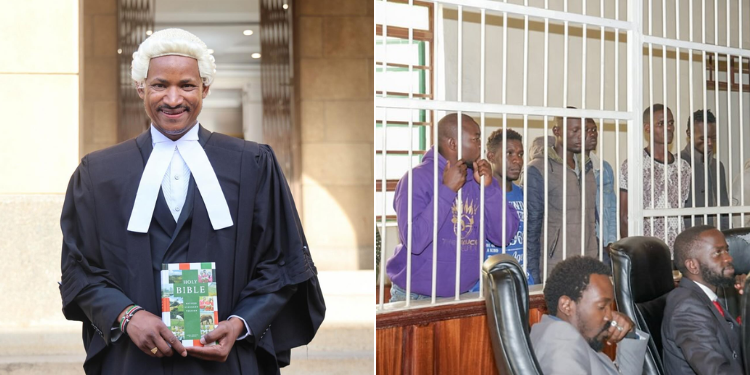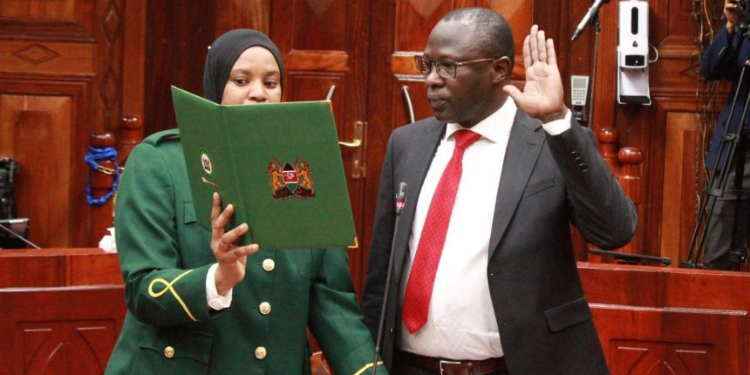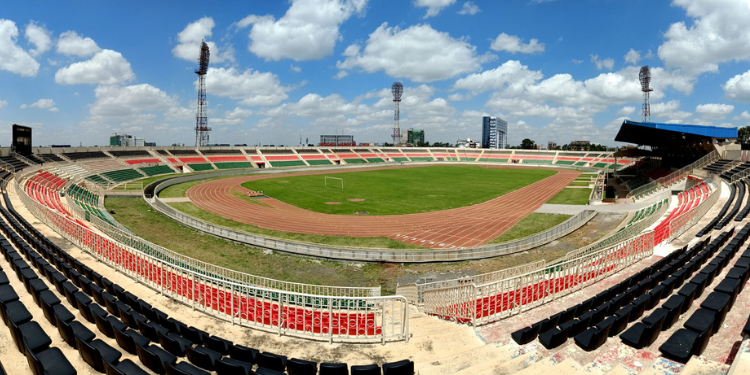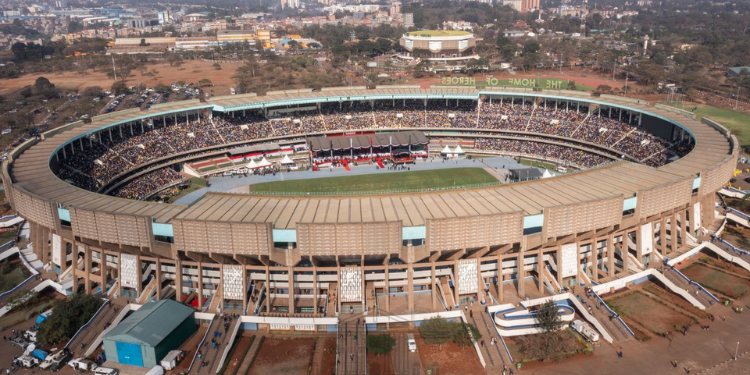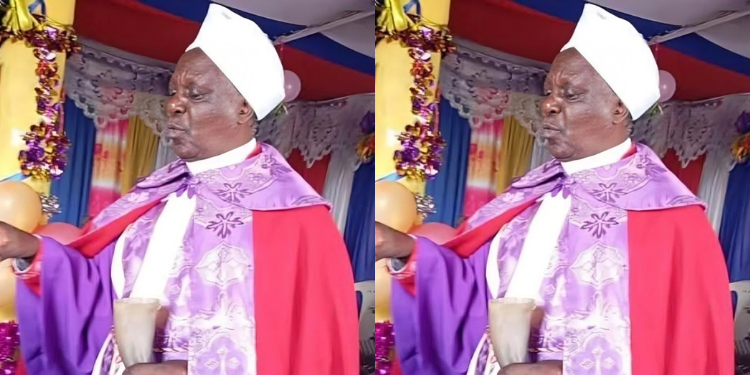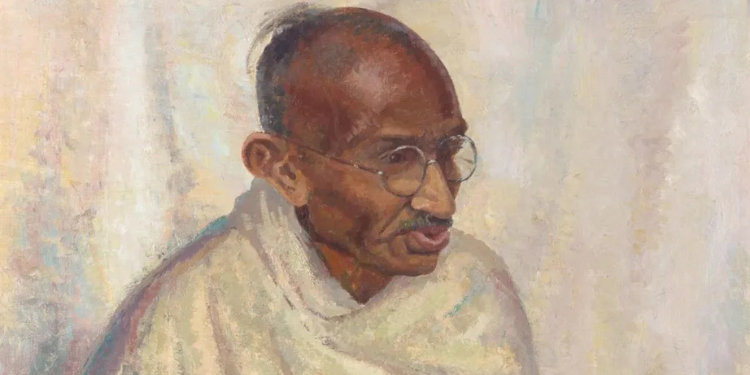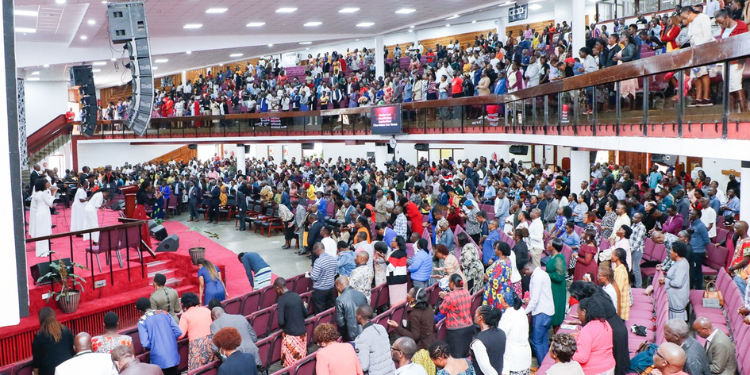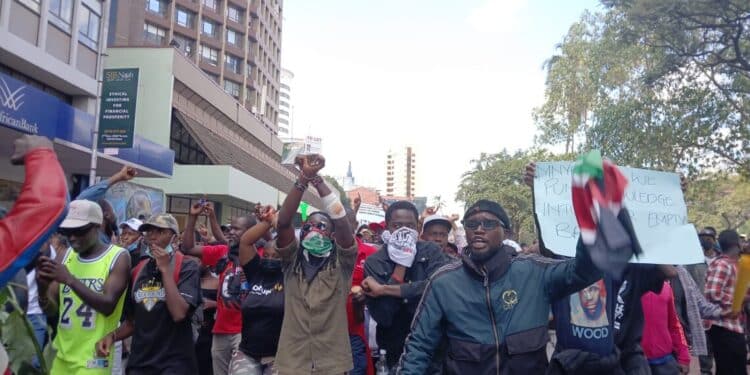The year 2024 marked a turning point in Kenya’s civic landscape, after an unprecedented wave of youth-led protests driven by Gen Z rage and fueled by proposals in the Finance Bill 2024.
For the first time in recent history, civic anger burst out of online spaces and into the streets as young and frustrated Kenyans came out to protest against the perceived punitive tax proposals.
In culmination of the series of protests held across the country, protestors stormed parliament and burned part of it after MPs passed the controversial bill on June 25. Several people were killed that day – some right outside Parliament.
The rage-fueled protests of 2024 marked a critical inflection point in Kenya’s political culture. While they sparked a democratic engagement, they also exposed dangerous gaps in leadership, planning, and national cohesion.
A year later, we revisit the 2024 Gen Z protests to unpack what was gained, what was lost, and what the future holds if anger isn’t transformed into strategy.
Kenya’s 2024 Gen Z Protests, One Year On
Positive Outcomes
Government Concessions
The most notable point during the June 2024 protests was the withdrawal of the 2024/2025 Finance Bill. On June 26, President William Ruto declined to sign the bill and returned it to Parliament for further amendments. This marked a rare victory for the protestors, showcasing protest as a powerful accountability mechanism.
Increased Dialogue
In addition, the protests forced direct engagement between government and opposition leaders—a rare show of responsiveness. These engagements have since influenced broader programmatic dialogue within government structures.
Mass Mobilization
The youth-led movement also reawakened civic consciousness. It energized civil society, religious groups, online communities, and brought Gen Z firmly into the political conversation.
What’s more, public discourse shifted decisively toward key issues including cost of living, youth unemployment, taxation, and police brutality.
The protests shattered the perception of a complacent opposition and signaled that citizens, especially youth, are willing to occupy the streets to demand accountability.
Also Read: Plan for June 25 Protests Revealed
2. Negative Outcomes
Violence and Criminal Infiltration
But on the flip side, the protests became an avenue for destruction and losses. Businesses were looted by goons who infiltrated the protests and property of immense value destroyed during the clashes between the police.
According to the National Police Service (NPS), over 270 individuals posing as protesters engaged in looting and attacks on civilians.
Economic Disruption
In the course of the protests, the rage-driven demonstrations disrupted transport and trade.
Tourism, an important sector of Kenya’s economy, and investor confidence were also affected.
Also Read: Boda Boda Riders Distance Themselves from Chaos in June 25 Protests
Urban centers like Nairobi and Kisumu suffered the most. The World Bank cautioned that such instability could derail Kenya’s growth projections (5.3% by 2026).
Political Instability
The protests shook confidence in public institutions and stirred fears of extended unrest. Parliamentary follow-through on youth concerns remains weak.
Despite visible victories, few systemic reforms were achieved. The youth in the movement insisted on being “leaderless” and even rejected Ruto’s offer for dialogue.
Lives Lost and Youth Targeted
According to the Kenya National Commission on Human Rights (KNCHR),69 deaths were reported. In addition, 32 cases of enforced/involuntary disappearances were reported while 627 were arrested, mostly of young demonstrators.
Follow our WhatsApp Channel and X Account for real-time news updates
